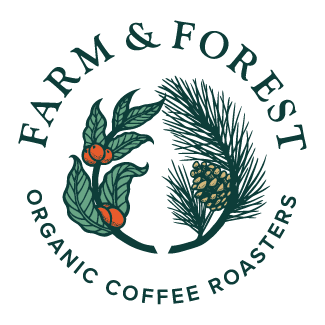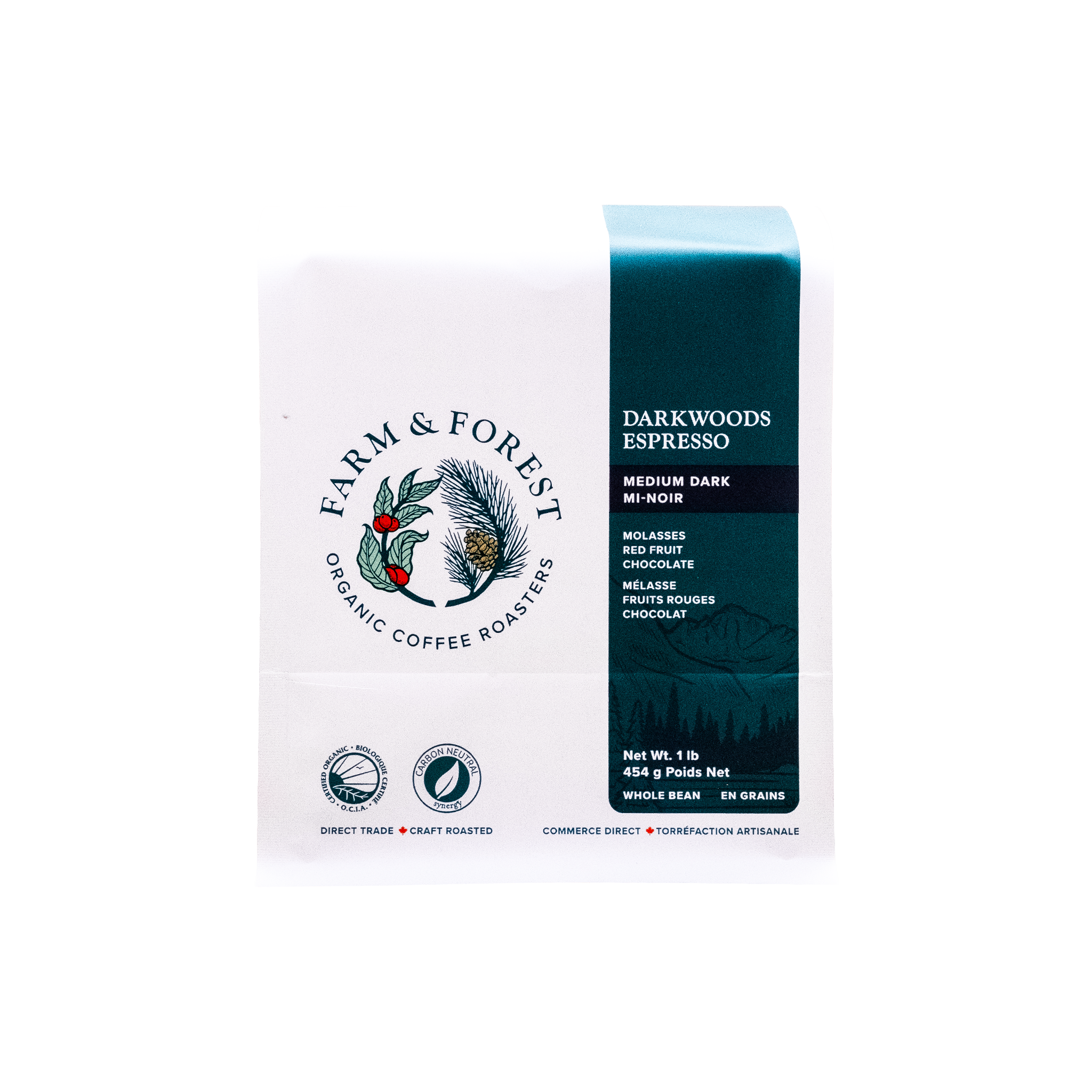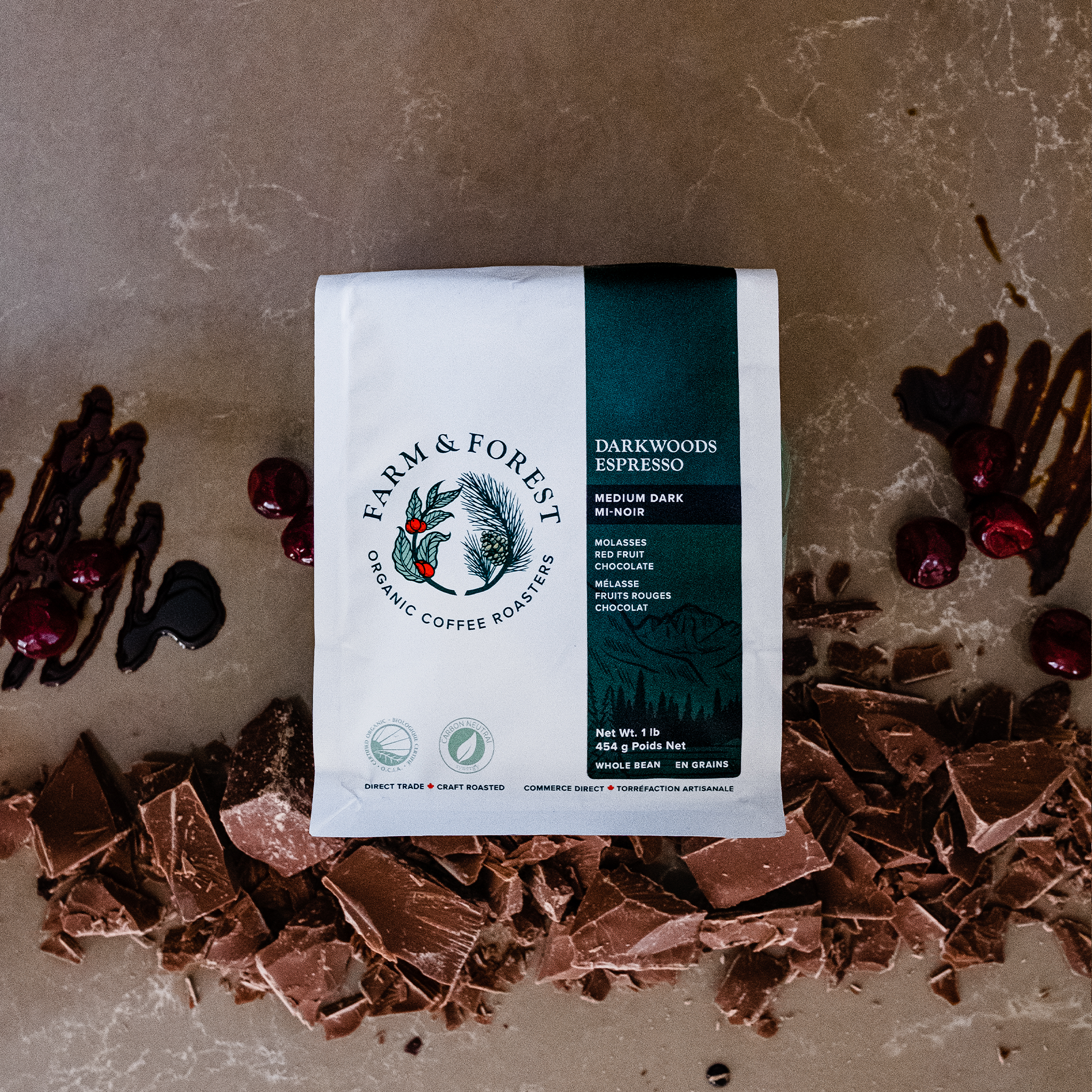The Impact of Coffee Farming on Biodiversity in Coffee-Growing Regions
Coffee is one of the most widely consumed beverages in the world, with more than two billion cups enjoyed every day. For Canadian coffee enthusiasts, the focus often lies on tasting notes, brewing methods, and origin stories. Yet behind every cup lies a complex relationship between coffee farming and the natural ecosystems where it grows.
In recent decades, researchers and environmental groups have paid increasing attention to the impact of coffee farming on biodiversity. The way coffee is cultivated, whether under dense forest canopy or on cleared monoculture plantations, can either protect or threaten wildlife, soil health, and entire ecosystems.
This blog article explores how coffee farming affects biodiversity in coffee-growing regions, and what steps consumers, roasters, and producers can take to support more sustainable practices.
Why Biodiversity Matters in Coffee Landscapes
Biodiversity refers to the variety of plants, animals, and microorganisms in an ecosystem. In coffee-growing regions, such as Ethiopia, Colombia, Brazil, and Costa Rica biodiversity plays a vital role in:
- Pollination: Bees and other pollinators improve yields and quality.
- Pest control: Birds, insects, and reptiles help manage coffee pests naturally.
- Soil fertility: Diverse roots and microorganisms maintain nutrient-rich soil.
- Climate resilience: Forest cover and species variety buffer against extreme weather events.
When biodiversity is preserved, coffee farming can be more sustainable and resilient in the long term.
Traditional Shade-Grown Coffee vs. Sun Coffee
Historically, coffee was grown under the shade of diverse forest canopies. This shade-grown coffee system provided habitats for countless species while maintaining soil health and water cycles.
However, with the push for higher yields in the 20th century, many farms switched to sun-grown monocultures.
These farms clear forests to plant coffee in rows under full sun, which allows for higher short-term production but has significant ecological costs:
- Deforestation and habitat loss
- Decline in bird populations
- Increased use of chemical fertilisers and pesticides
- Greater vulnerability to pests and climate change
For coffee drinkers concerned about sustainability, the difference between shade-grown and sun coffee is crucial.
The Role of Coffee Farming in Deforestation
Deforestation remains one of the biggest threats to biodiversity in coffee regions. In countries like Honduras, Vietnam, and Brazil, forest land is often cleared to expand coffee plantations. This destroys critical habitats for mammals, reptiles, and migratory birds.
For example:
- In Latin America, studies show that bird diversity is significantly higher in shade coffee farms compared to sun coffee plantations.
- In Ethiopia, the birthplace of Arabica coffee, native forests are disappearing, threatening not only wildlife but also the genetic diversity of wild coffee species.
This loss of biodiversity can create a feedback loop, making coffee farming less resilient to disease outbreaks and climate change.
Coffee Certification and Biodiversity
Several sustainability certifications aim to protect biodiversity by promoting eco-friendly farming practices. Coffee enthusiasts often encounter these on packaging:
- Rainforest Alliance Certified: Encourages biodiversity conservation, forest protection, and sustainable livelihoods.
- Bird-Friendly Certification (Smithsonian): Requires shade-grown coffee under diverse canopy conditions.
- Organic Coffee: Restricts synthetic pesticides and fertilisers, protecting soil and pollinators.
While certifications are not perfect, they provide consumers in Canada and worldwide with a way to support farms that prioritise biodiversity.
Biodiversity Benefits of Shade-Grown Coffee
Specialist coffee drinkers often seek out shade-grown coffee not just for its environmental benefits but also for its flavour profile. Shade cultivation slows the ripening of coffee cherries, leading to:
- Improved sweetness and complexity
- Higher acidity and balanced flavours
- Better consistency in cup quality
At the same time, shade-grown systems provide habitats for migratory birds that travel between Canada and Latin America. Supporting shade coffee therefore benefits both ecosystems abroad and biodiversity connected to Canadian wildlife.
The Climate Change Connection
Climate change and biodiversity loss are closely linked in coffee-growing regions. Rising temperatures and unpredictable rainfall increase the prevalence of pests like the coffee berry borer. Biodiverse ecosystems are more resilient to these changes, as natural predators help control outbreaks and forests buffer against extreme conditions.
Protecting biodiversity is not only about saving wildlife—it is about ensuring the long-term survival of coffee itself.
What Coffee Enthusiasts in Canada Can Do
Canadian coffee lovers can play a role in supporting biodiversity through their purchasing decisions:
- Look for certifications like Rainforest Alliance, Bird-Friendly, or Organic.
- Ask roasters about sourcing practices, many specialty roasters are transparent about sustainability.
- Choose shade-grown coffee when available.
- Support direct trade relationships where farmers are paid fairly for eco-friendly practices.
- Educate fellow coffee drinkers about the ecological footprint behind each cup.
By choosing biodiversity-friendly coffee, consumers help create market demand for sustainable farming that prioritises ecosystems as well as livelihoods.
Frequently Asked Questions (FAQs)
How does coffee farming affect biodiversity?
Coffee farming can either support biodiversity (through shade-grown methods) or harm it (through deforestation and sun monocultures). The impact depends on farming practices.
What is shade-grown coffee, and why is it better for wildlife?
Shade-grown coffee is cultivated under a canopy of trees, which preserves habitats for birds, insects, and other wildlife. It also improves soil health and water retention.
Does sustainable coffee taste different?
Yes. Shade-grown and biodiversity-friendly coffee often ripens more slowly, producing sweeter, more complex flavours prized by specialty coffee enthusiasts.
Which certifications should I look for if I want to support biodiversity?
Rainforest Alliance, Bird-Friendly, and Organic certifications are the most relevant for biodiversity conservation.
How can Canadian consumers support biodiversity in coffee regions?
By buying shade-grown or certified sustainable coffee, supporting roasters with transparent sourcing, and raising awareness among other coffee drinkers.












